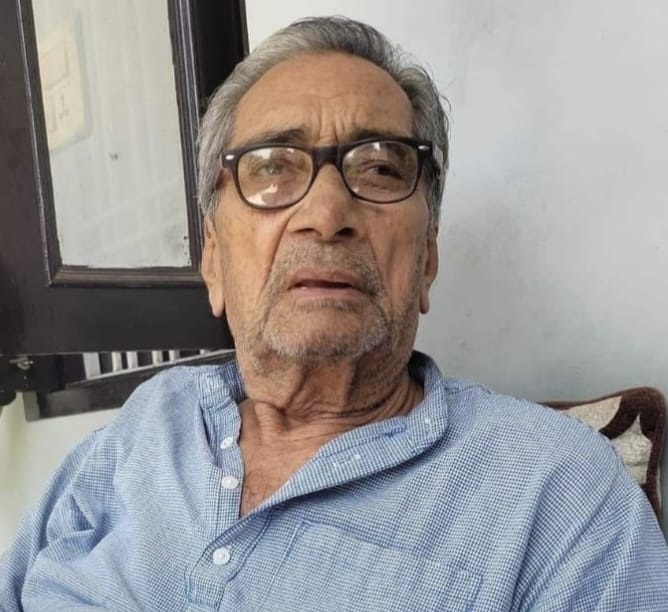
On September 14, Hindi Day will be observed once again, with government institutions across Hindi-speaking states hosting events and distributing accolades. While it is gratifying that a day is dedicated to celebrating Hindi literature and its creators, there remains a long-standing concern: why, 77 years after independence, has Hindi not been officially designated as the national language?
On September 14, 1949, the Constituent Assembly granted Hindi the status of an official language, but it has yet to achieve the status of a national language.
As a writer in Hindi, I believe that the first step towards resolving this issue is to foster respect and appreciation for non-Hindi languages within Hindi-speaking regions. The Indian linguistic community expects that no language should be imposed upon another. Hindi has evolved and enriched itself through its regional languages and dialects. The ongoing debate between Hindi as a regional language and national language has now taken on a political dimension concerning linguistic dominance.
Additionally, the political alignment of Hindi with Hindu nationalism has contributed to the perception that the future of languages will be determined by the majority rule of Hindi-speaking states (Uttar Pradesh, Madhya Pradesh, Bihar, Rajasthan, Himachal Pradesh, Haryana). Most of India's Prime Ministers have hailed from these Hindi-speaking regions, and the tradition of Hindi literature also originates from there. This has led to Hindi being viewed as a language of dominance, while other classical languages like Sanskrit, Tamil, and Telugu remain rich in their own right. This political dominance has marginalized other languages such as Bengali, Assamese, Malayalam, Kannada, Gujarati, Rajasthani, Bundelkhandi, and Bhojpuri.
In this context, my humble suggestion is to make Hindi less contentious by promoting creative dialogue and cultural harmony with non-Hindi speakers, and by increasing translation bridges. The collaboration between Hindi, Urdu, and English through translation is an ongoing process. It is also important for the Hindi-speaking world to take pride in Hindi's pervasive presence in markets, government, technology, and education. Hindi’s reach through media, the film industry, and broadcasting has made it ubiquitous, while it continues to thrive on global platforms.
Thus, Hindi exemplifies success in the market, behavior, and majority politics. The new education policy’s trilingual formula involving Hindi, English, and a regional language supports this dialogue and coordination. Hindi speakers should approach language diversity with understanding and inclusivity, embracing the principle of "Sabka Saath, Sabka Vikas" (Together with All, Development for All). Hindi may be prominent, but it should also be seen as equal among all languages. The insistence on Hindi alone represents a kind of narrow-mindedness.
Therefore, Hindi should be the foundation of unity in diversity. The ritualistic observance of Hindi Day should end, as it now amounts to the misuse of public funds. It would be more appropriate to make similar efforts active in non-Hindi states, fostering fraternity and cultural exchange. Respecting others is the only way to earn respect in return. Hindi speakers should also learn to read, write, and speak other Indian languages to contribute to linguistic unity in India. As poet Allama Iqbal said, “Sare Jahan Se Achha, Hindustan Hamara, Hum Bulbulen Hain Iski, Ye Gulistan Hamara.”